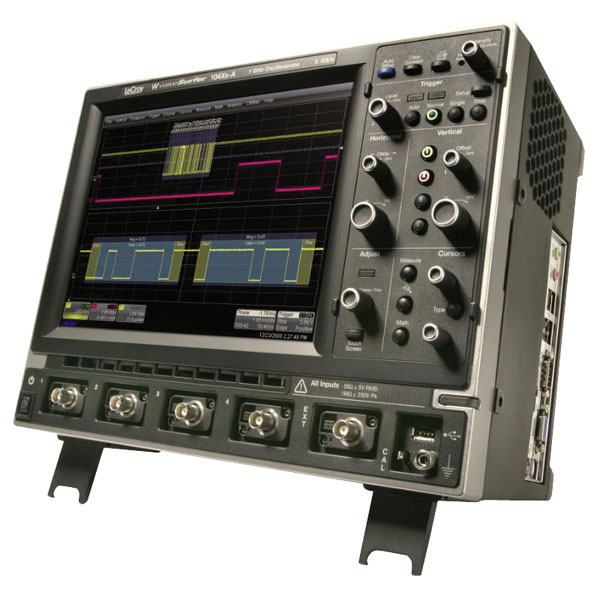
Even at low voltages, the steep potential gradient at the electrode borders can generate quite large electric fields (and consequently temperatures), causing tissue coagulation, extracellular protein denaturation, and bleeding. Clinically, discrepancies in pulse delivery methods and clinical expertise might result in variable degrees of thermal tissue damage, which is most likely to blame for the wide range of complication rates and oncological outcomes documented in the literature. However, unfavorable side effects caused by temperature increases continue to be the most important issue limiting the size of the IRE ablations. Innumerable follow-up studies have found appropriate parameters for ablation in various contexts. It has been demonstrated with IRE that ablation and thermal effects can be mutually exclusive phenomena. In some cases, a single-insertion bipolar probe (two electrodes integrated into the same cylindrical shaft) is employed. An electric field is produced between two or more needle electrodes placed directly into the tumor-containing area prior to pulse administration. Because cell death with IRE is primarily dependent on the generated TMP, IRE is classified as a non-thermal ablation method and may thus be used in a variety of settings.

When numerous pulses are administered, the formation of large, long-lived pores disrupts cellular homeostasis, resulting in cell death via different mechanisms. When this TMP limit is reached (∼1 V), nanoscale defects, or “pores”, form in the cellular membrane. This technique uses short (1–100 μs) high-magnitude electric pulses (1–3 kV) to produce an electric field resulting in an increase in transmembrane potential (TMP), leading to cell death within the target zone. It is also being developed for the treatment of arrhythmogenic cardiac tissues.

Irreversible electroporation (IRE) and second-generation high-frequency irreversible electroporation (H-FIRE) are techniques currently being developed to treat malignant tumors when other treatment methods, such as surgical resection or thermal ablation, are not appropriate.


 0 kommentar(er)
0 kommentar(er)
